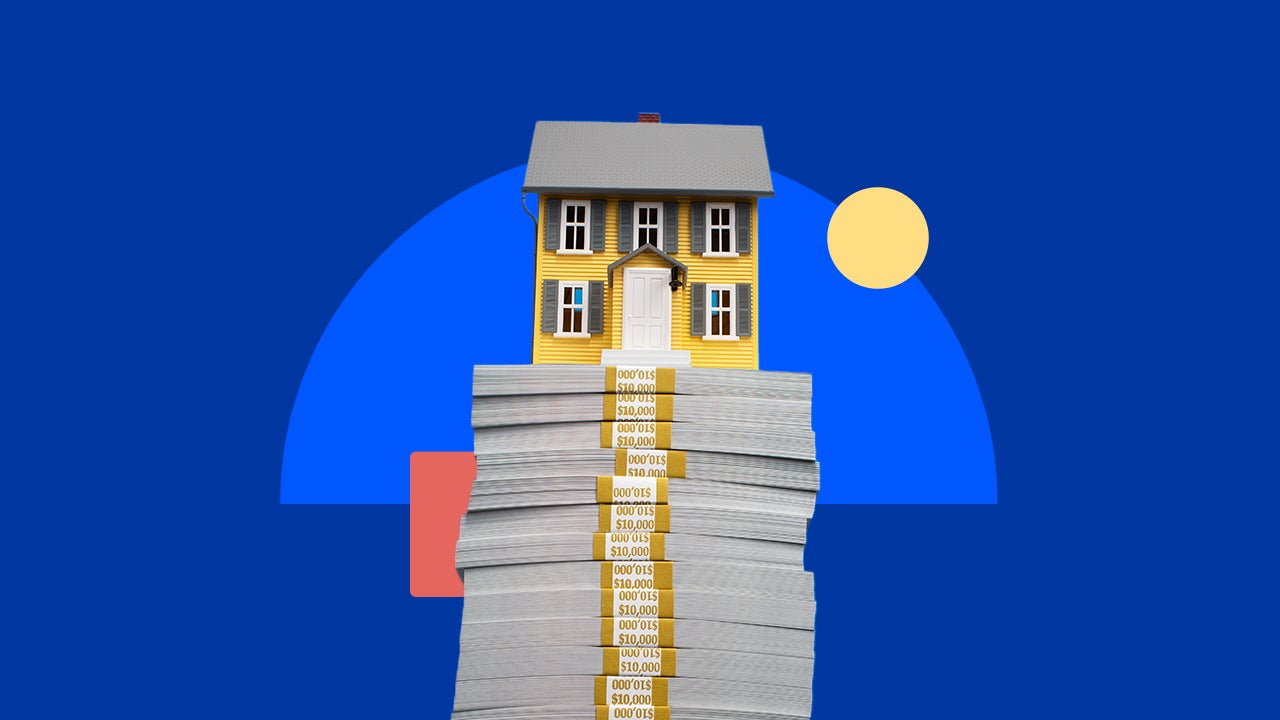How rising home values helped lower my mortgage bill

My wife and I bought our home at the beginning of 2022. It was perfect timing — we had been shopping for a house for over a year, and our son, our second child, was due to be born any moment.
At the time, I was employed in marketing at Rocket Mortgage, so we applied with a loan officer there for a 30-year, fixed-rate conventional loan.
We put down 10 percent, which meant we would also need to pay for private mortgage insurance (PMI) with our monthly mortgage payment. Most conventional loan borrowers with a down payment less than 20 percent are required to pay these premiums. The insurance helps protect the lender against losses in the event we were to stop paying back our mortgage.
Since I worked for a mortgage lender, I was familiar with PMI. What I didn’t realize is how much it would cost me over time, and how simple it would be to get rid of.
So, how can you stop paying PMI?
For conventional mortgages, PMI is a requirement until your loan-to-value (LTV) ratio reaches 80 percent. At that point, you can contact your lender to request removal.
LTV ratio is the measure of how much of the home’s value you’re financing with a mortgage. Because we put 10 percent down, our LTV ratio started at 90 percent.
Many borrowers simply wait for PMI to come off their bill once they pay down the mortgage balance to 78 percent LTV. Some borrowers get out of it sooner by refinancing.
If your home has gone up in value since you bought it — like ours did — there’s another way to get rid of PMI: getting your home reappraised.
Watching and waiting
As we settled into our new place, I checked our home’s growing estimated value through my lender’s app. By the fall of 2023, our home’s worth had increased by more than $30,000 — enough to remove PMI, despite not having reached the 80 percent LTV as laid out in our original repayment schedule.
I called Rocket. The customer service representative told me we had to meet a minimum of two years in the home before we could cancel PMI. This is referred to as a “seasoning period.” So, we waited as the value of our home continued to grow. As of March 2024, the median sales price for single-family homes in our county was up more than 8 percent year-over-year, according to Redfin.
This year, we hit the two-year mark. I called Rocket again. The lender ordered a broker price opinion, or BPO, which is a home valuation by a real estate agent. The process is neither as extensive nor as expensive as an appraisal — just $150, compared to the $500 average for the latter.
In order to remove PMI, we needed to have a 75 percent LTV after the BPO. Why lower than 80 percent? Our situation was known as a “borrower-initiated termination” based on our current home’s value. In these cases, Fannie Mae — the backer of our conventional loan, and most conventional loans in the U.S. — requires a 75 percent LTV.
To get to 75 percent, our valuation had to be slightly less than what my lender’s app estimated. If our home wasn’t valued highly enough, we would be out the $150 we paid for the BPO.
How record home prices helped us save on our mortgage
Within a week, the real estate agent scheduled a visit to our home and completed the valuation. The whole process took less than 10 minutes, with the agent taking pictures of each room and the home’s exterior. The agent informed us it could take up to three weeks before we got a response from the lender.
After about two weeks, we received a letter from Rocket Mortgage informing us our PMI had been removed. What’s more, since we were in the middle of a billing cycle, the PMI was prorated up to the date of removal, cutting that month’s fee almost in half.
From the moment I called my lender, the process of canceling PMI took a little less than a month. If we weren’t aware of how our home’s value changed and proactive about contacting our lender, it would have taken nearly four years for the premiums to come off on their own.
All told, we saved ourselves $2,350.
What to consider before removing PMI with an appraisal
- Are you current on your mortgage payments? You won’t be able to remove PMI if your account isn’t in good standing.
- How much PMI are you paying? The cost of PMI varies depending on the size of your down payment and your credit score. If you’re paying a small amount and already nearing 20 percent equity, it might make more financial sense to wait until you can request removal based on the original value of the home.
- What’s your home worth? You can find the estimated value of your home online, including through Bankrate. Keep in mind these estimates might not exactly align with an appraisal or BPO, but can help you learn if your home has risen in value.
- Can you afford the reappraisal? To remove PMI, your lender might require a BPO or a more costly appraisal. Our BPO cost us $150, but the cost varies depending on your lender, your home and location. The typical appraisal costs $500.
- How long have you been in the home? Both Fannie Mae and Freddie Mac require you to be in the home for a minimum of two years before trying to remove PMI based on your home’s current value.
- What new LTV ratio would you need? If you have a conventional loan and you’ve been in the home for two to five years, you’ll need a 75 percent LTV ratio with the new valuation. If you’ve been in the home for longer, you’ll need an 80 percent LTV ratio.
- Have you made any substantial improvements to the home? If you’ve made significant renovations that added value to your home, your lender might allow you to remove PMI without having been in the home for two years, and at an 80 percent LTV.






